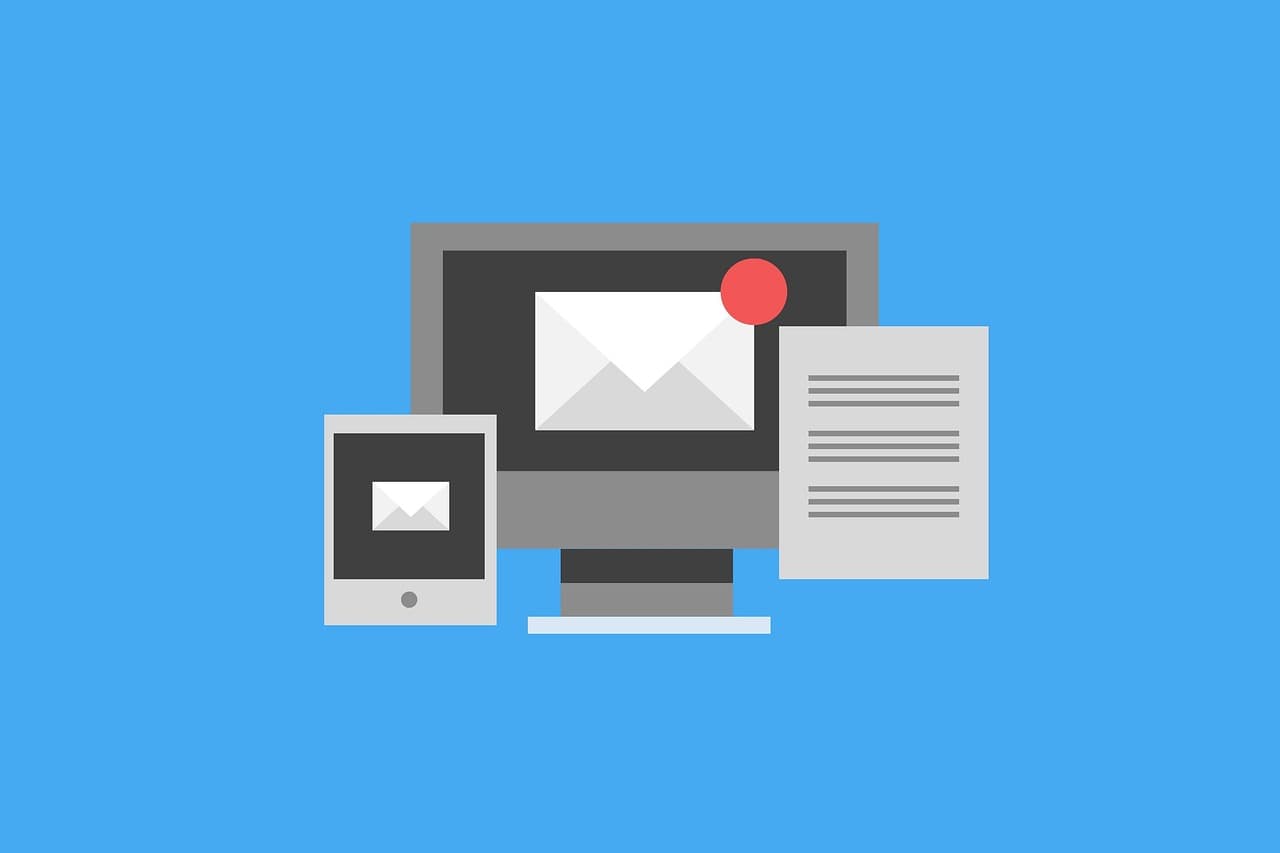The Hidden Cost of Bad Leads: Bounces, Missed Sales, Wasted Time

Bad leads in B2B email marketing come with a bigger price tag than most teams realize. A few bounces might not seem serious, but they quietly weaken your deliverability, drain valuable time from your team, and eat away at potential revenue. This article looks at the real cost of bad data, why lists go stale so quickly, and the steps you can take to keep your campaigns performing at their best.
TL;DR
-
Bad email data isn’t just about a couple of bounces. It slowly drags down your whole growth engine:
- Fewer of your campaigns actually land in inboxes
- Your brand’s reputation starts to take a hit
- Campaigning in the future only gets tougher
-
Industry research shows that poor data quality can cost the average company tens of millions every year.
-
On average, according to HubSpot, databases decay by about 22 percent every year, even if you’re not doing anything wrong.
-
Fixing it can be simple:
- Start with verified, human-checked lists
- Keep them fresh
- Watch your bounce rate stay comfortably low
Why Email Bounces Cost More Than You Think
A bounce might not seem like a big deal. One email does not get delivered, so you keep going. But inbox providers see those bounces as a signal about your sending quality. As they add up, trust starts to fade. Eventually even valid contacts stop seeing your messages in their inbox and more of your emails slide into spam. That quiet shift shrinks both your reach and your pipeline.
The bigger picture is that poor data does more than frustrate marketers. It quietly drains a huge amount of money. Gartner estimates the average company loses around 12.9 million dollars every year because of it. IBM has pegged the cost across the U.S. economy at 3.1 trillion dollars annually. Those numbers come from countless small breakdowns that stack up over time.
Examples of Bad Email Data in B2B Marketing
-
Invalid or mistyped addresses: things like typos, broken formats, or mailboxes that no longer exist
-
Stale contacts: people who have moved to a new role or company, which happens all the time in B2B
-
Catch-all or role-based addresses: inboxes like info@ or sales@ that usually have low engagement and carry more risk
-
Old lists: data that has not been refreshed in a while. On average B2B databases decay by more than 22% a year
How Email Bounces Hurt Revenue and Campaign Performance
1) You reach fewer inboxes, even among valid contacts According to Mailchimp, email providers keep track of how your past sends perform. If they see a lot of bounces and not much engagement, they start to lose trust. Once that happens, more of your emails get pushed aside into spam or never make it through at all. Little by little, fewer people see what you are sending and your audience shrinks.
2) Campaign metrics become unreliable When a portion of your list never receives the email, your metrics lose accuracy. Open and click rates no longer reflect the quality of your content, which makes it harder to evaluate performance, forecast results, and make confident decisions.
3) The work behind every campaign goes to waste
Every campaign takes time and effort. Teams write briefs, create copy,
design assets, run QA, and go through approvals. When a large part of
your list never receives the message, all of that work loses its impact.
It is like putting a great ad on a billboard that faces a brick wall.
Email Bounce Rate Impact: A Reality-Check Example
-
Send size: 5,000 contacts
-
Bounce rate: 22% (what an average database loses each year)
-
Emails that never arrive: 1,100
-
If about 1 percent of delivered emails turn into meetings:
- Delivered = 3,900
- Meetings = 39
- Lost meetings from bounces: 11 - and that is just from one send. Run
a few campaigns and you are suddenly missing hundreds of
conversations you never even had a shot at.
Now picture what happens when bounces chip away at your domain reputation. Another 10 to 15 percent of valid contacts start seeing your emails land in spam. That is a second, invisible cut to your results before you have even touched a subject line or changed your content.
Why B2B Email Lists Decay
-
People move all the time. Job changes, company reorganizations, and domain switches are constant in B2B.
-
Databases naturally decay. Even healthy, engaged lists lose around 22% each year if they are not maintained.
-
Guessed emails often miss the mark. Formats like first.last@company.com do not account for catch-alls, blocks, or disabled accounts.
-
Old imports drag down performance. Legacy exports or purchased lists that were never re-verified quickly become a liability.
Simple Ways to Protect Email Deliverability from Bounces
1) Start with verified contacts
Work from lists that have been validated recently so you know you are
starting with a healthy baseline. If a segment feels questionable, like
unknown or role-based addresses, put it aside until you can confirm it
is safe to use.
2) Refresh on a routine
Set a regular rhythm for keeping your data clean. Re-verify older
segments, remove unresponsive contacts, and fix obvious typos.
3) Watch the right signals
Pay attention to the clues your data gives you. Hard bounces, soft
bounces, sudden jumps from a new source, or a drop in opens and reads
are all signs that a list needs attention. Do not wait until you end up
on a blocklist. A spike in bounces should be treated like a smoke alarm.
Why Emarketnow’s Custom, Human-Verified Email Lists Outperform Generic Lists
If email is your main growth channel, the biggest lever is not a new template or a clever send time. It is starting with cleaner inputs. That is exactly what Emarketnow is built to deliver:
-
Human-verified, never guessed: Every email is checked by real people and supported by tools, so you get addresses that actually work instead of patterns that might.
-
Fresh at delivery: We re-verify contacts right before handoff, so you are not sending to addresses that went stale weeks or months ago. This is one of the main reasons customers see lower bounce rates and stronger inbox placement from the start.
-
Built for your ICP: You get the specific roles, industries, company sizes, and regions that matter to you, not generic or recycled lists.
-
Clean by design: Duplicates and risky addresses are removed so your metrics reflect reality from the very first send.
-
Quality guarantee: On the rare chance something slips through, we back it up with a guarantee and make it right.
The bottom line for your team is fewer bounces, more emails delivered, higher opens, and more replies.
The Takeaway
Email is one of the highest ROI channels, but only if your messages actually reach people. Bad data in the form of undeliverable, stale, or guessed addresses quietly eats away at your results and your budget. The good news is the fix is straightforward:
-
Start with human-verified contacts.
-
Keep them fresh.
-
Keep a close eye on bounces and take action before your reputation starts to slide.
That’s why teams choose Emarketnow: cleaner data, fewer bounces, stronger inbox placement, and more conversations that lead to revenue.
FAQ
What does poor data really cost a company?
Bad data quietly drains money. Teams waste time, campaigns flop, and growth slows. For many companies, it adds up to millions each year.
How do bounces hurt campaign performance?
Bounces don’t just block one email. They damage your sender reputation, skew your metrics, and cut your reach over time.
How can companies protect their email deliverability?
Start with verified contacts, refresh your lists often, and keep an eye on bounce rates before they snowball.
What makes Emarketnow’s lists different?
Every email is human-verified, rechecked before delivery, and tailored to your audience. That means fewer bounces and better results.
Ready to reach fresh, human-verified leads today?
Start for FreeRelated articles
How To Safely Blend First Party And Third Party B2B Data
Use your own first-party data to define your ICP, then fill the gaps with human-verified B2B contact lists. Learn how to merge both without disrupting your CRM.
Why Today’s Job Market Quickly Breaks Your CRM
See the key labor market stats behind job hopping and job hugging and learn why fast job changes cause your CRM to become outdated in under two years.
Scraped, Crowdsourced, and Research Grade B2B Data Explained
Most cheap B2B lists are scraped or pooled. See how to spot risky data, test any provider, and choose real research-grade human verified data.


